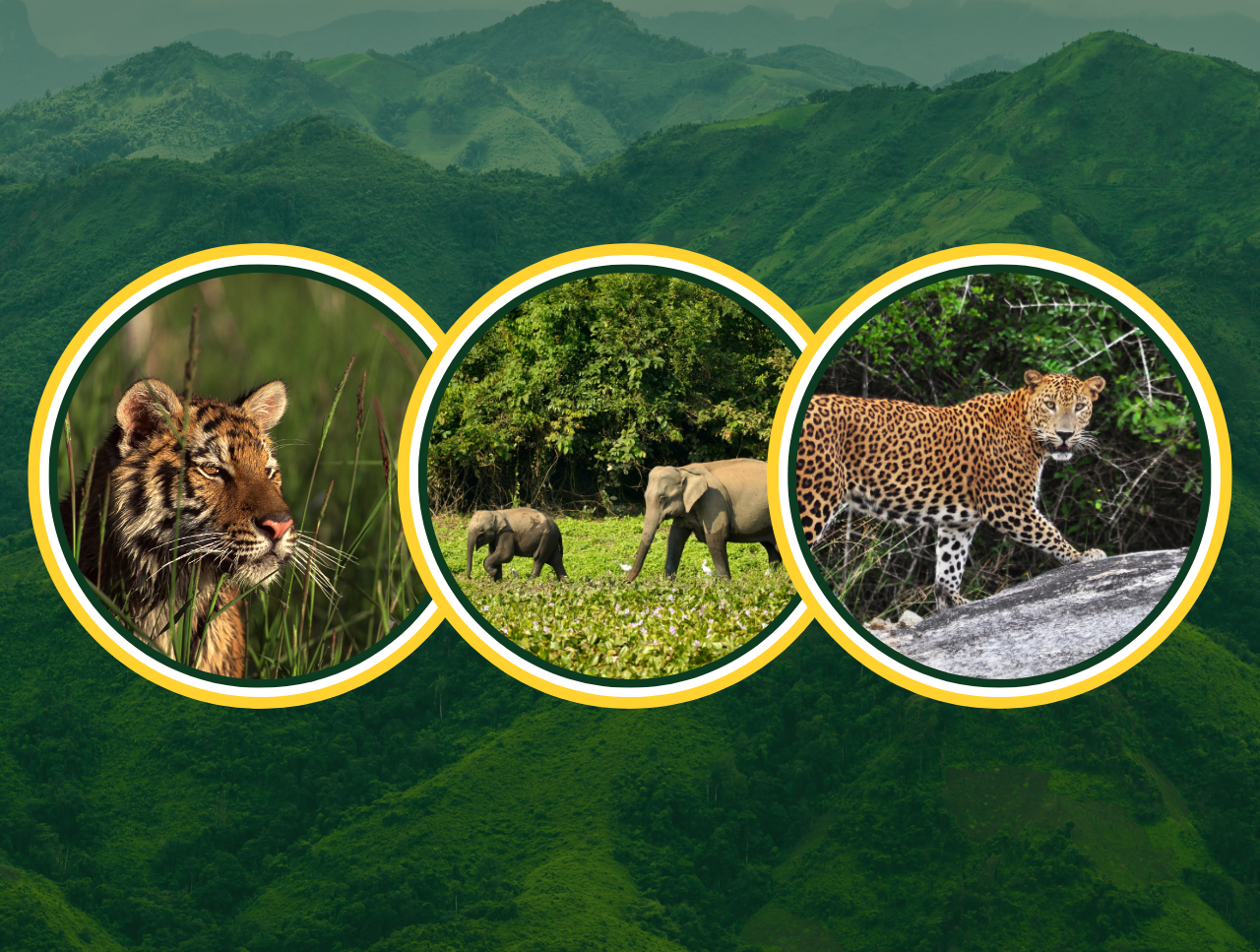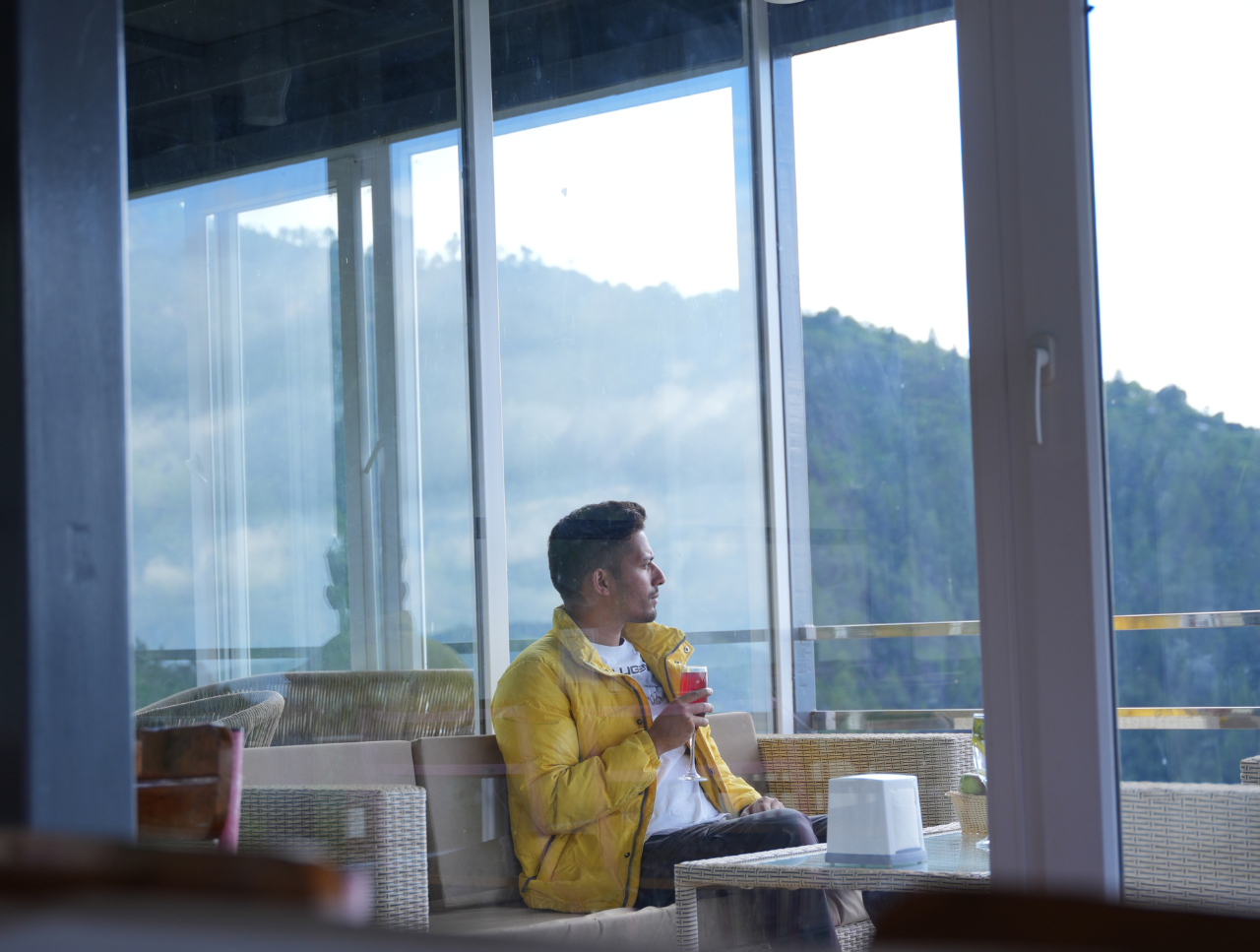Uttarakhand, often called the Land of the Gods, is a paradise for nature lovers and adventure seekers. Among its many treasures, the state boasts some of the most magnificent wildlife sanctuaries and national parks in India. Join us as we delve into the heart of the wilderness, exploring Jim Corbett National Park, Rajaji National Park, and Binsar Wildlife Sanctuary. Discover the rich biodiversity, tranquil landscapes, and unforgettable safari experiences that await you.
Jim Corbett National Park: The Land of the Majestic Tiger
Jim Corbett National Park, established in 1936, is India’s oldest national park and a haven for wildlife enthusiasts. Spread across the foothills of the Himalayas, this park is renowned for its Bengal tigers, dense forests, and diverse wildlife.
What’s Special About Jim Corbett?
– Tiger Safaris: The park is famous for its tiger safaris, offering a chance to spot the elusive Bengal tiger in its natural habitat. The thrill of tracking these majestic creatures through the dense forest is an experience like no other. Imagine the heart-pounding excitement as you hear the rustle of leaves and the possibility of a tiger emerging from the thicket.
– Rich Biodiversity: Apart from tigers, the park is home to over 600 species of birds, 33 species of reptiles, and 7 species of amphibians. Keep an eye out for elephants, leopards, deer, and a myriad of bird species. The vibrant calls of birds and the sight of a graceful deer darting through the trees add to the park’s enchanting atmosphere.
– Picturesque Landscapes: The Ramganga River meanders through the park, creating picturesque landscapes of riverine belts, marshy depressions, and lush forests. The serene beauty of the river, combined with the verdant surroundings, offers a tranquil escape from the hustle and bustle of everyday life.
Best Time to Visit: The best time to visit Jim Corbett National Park is from November to February when the weather is cool and pleasant, making wildlife sightings more likely.
Accommodation: Experience the wild up close and personal with a stay at one of the eco-friendly resorts or lodges within the park. These accommodations offer a rustic charm while providing all modern amenities.
Safari Tips:
– Early Morning Rides: The best time for safaris is early morning or late afternoon when animals are most active.
– Binoculars and Cameras: Don’t forget your binoculars and cameras to capture the mesmerizing sights.
– Clothing: Wear neutral-colored clothing to blend in with the surroundings and avoid startling the wildlife.
Rajaji National Park: A Mosaic of Wilderness
Situated along the Shivalik range, Rajaji National Park is a vast expanse of wilderness encompassing a rich variety of flora and fauna. The park is named after C. Rajagopalachari, a prominent leader of the Indian independence movement.
What’s Special About Rajaji?
– Elephant Corridors: Rajaji is known for its significant population of elephants. The park’s undulating terrain and verdant forests make it an ideal habitat for these gentle giants. Witnessing a herd of elephants as they move majestically through the forest is a sight to behold.
– Bird Watching Paradise: With over 300 species of birds, including the Great Pied Hornbill and the Scarlet Minivet, Rajaji is a birdwatcher’s delight. The park’s diverse habitats, from dense forests to riverine areas, provide ample opportunities for bird enthusiasts to spot rare and colorful species.
– Diverse Ecosystems: The park’s diverse ecosystems include dense forests, riverine areas, and grasslands, offering a unique opportunity to explore different habitats within a single park. Each ecosystem hosts its own unique set of wildlife, making every safari a new adventure.
Best Time to Visit: The best time to visit Rajaji National Park is from November to June. The park remains closed during the monsoon season to protect the wildlife and the ecosystem.
Accommodation: There are several eco-friendly lodges and campsites around Rajaji National Park that offer a comfortable stay while immersing you in the natural beauty of the region.
Safari Tips:
– Guided Tours: Opt for guided tours to gain deeper insights into the park’s ecology and the behavior of its inhabitants.
– Patience is Key: Wildlife sightings require patience and silence. Enjoy the tranquility of nature as you wait for a glimpse of the animals.
– Stay Hydrated: Carry plenty of water and snacks to keep your energy levels up during the safari.
Binsar Wildlife Sanctuary: A Hidden Gem in the Himalayas
Perched high in the Kumaon Hills, Binsar Wildlife Sanctuary is a lesser-known treasure offering breathtaking views of the Himalayan peaks and a serene environment.
What’s Special About Binsar?
– Scenic Beauty: Binsar is known for its stunning vistas of snow-capped mountains, including Nanda Devi, Kedarnath, and Trishul. The sanctuary is a photographer’s paradise, with each view more captivating than the last.
– Dense Forests: The sanctuary is covered with dense forests of oak, rhododendron, and pine. These forests are home to a variety of wildlife, including leopards, barking deer, and Himalayan black bears. The lush greenery and the crisp mountain air provide a refreshing escape.
– Birding Haven: Binsar is also a haven for birdwatchers, with over 200 species of birds, such as the Forktail, Blackbirds, and Laughing Thrushes. The melodic songs of these birds add to the sanctuary’s peaceful ambiance.
Best Time to Visit: The best time to visit Binsar Wildlife Sanctuary is from October to March when the weather is cool and the skies are clear, offering the best views of the mountains.
Accommodation: Staying in the serene surroundings of Binsar, you can choose from quaint forest lodges to luxurious eco-resorts, each offering a unique experience of the Himalayan wilderness.
Safari Tips:
– Early Morning and Late Evening Safaris: These are the best times for wildlife sightings as animals are more active during these periods.
– Dress in Layers: The weather can change quickly in the mountains, so dressing in layers will help you stay comfortable.
– Carry Essentials: Bring along essentials like water, snacks, and a first-aid kit for a safe and enjoyable safari.
Tips for a Memorable Wildlife Safari Adventure
– Respect Wildlife: Always maintain a safe distance from animals and avoid making loud noises. Remember, you are a guest in their home.
– Hire a Guide: Local guides have invaluable knowledge about the parks and can enhance your safari experience with their insights.
– Carry Essentials: Bring binoculars, a good camera, comfortable clothing, and plenty of water. Sunscreen and insect repellent are also recommended.
– Follow Park Rules: Each park has its own set of rules and regulations. Make sure to follow them to ensure your safety and the safety of the wildlife.
Uttarakhand’s wildlife sanctuaries and national parks offer a unique opportunity to immerse yourself in nature’s splendor. Whether it’s the thrill of spotting a Bengal tiger in Jim Corbett, the serene beauty of Rajaji, or the breathtaking vistas of Binsar, each park has its own charm and allure. Embrace the wild, explore the unknown, and create unforgettable memories in the heart of Uttarakhand.
Ready to embark on your wildlife safari adventure? Experience the perfect blend of luxury and nature at Akasa Glamping. Nestled in the lap of nature, Akasa Glamping offers a serene retreat with all modern amenities. Book your stay and get ready for an experience of a lifetime!





